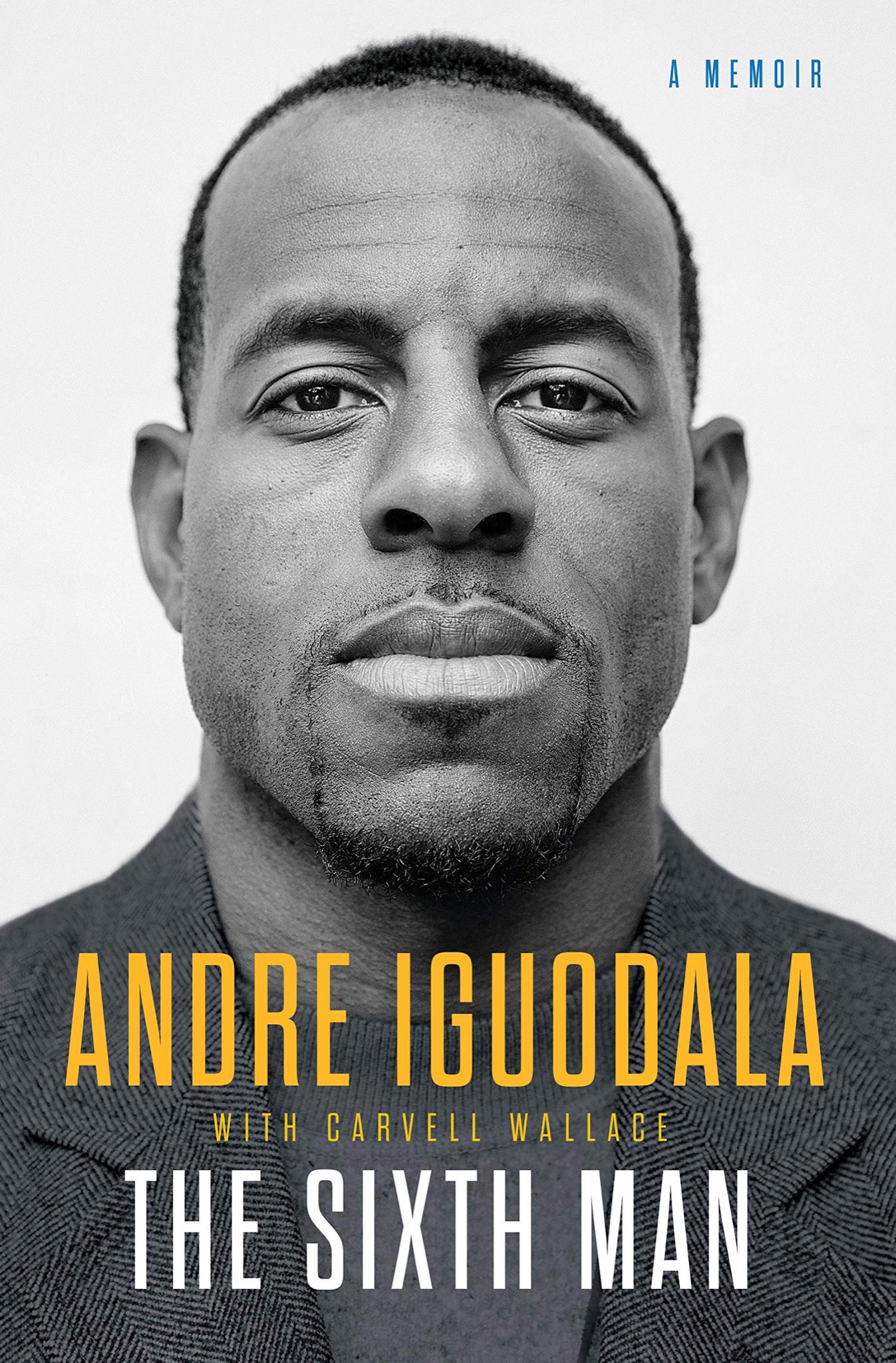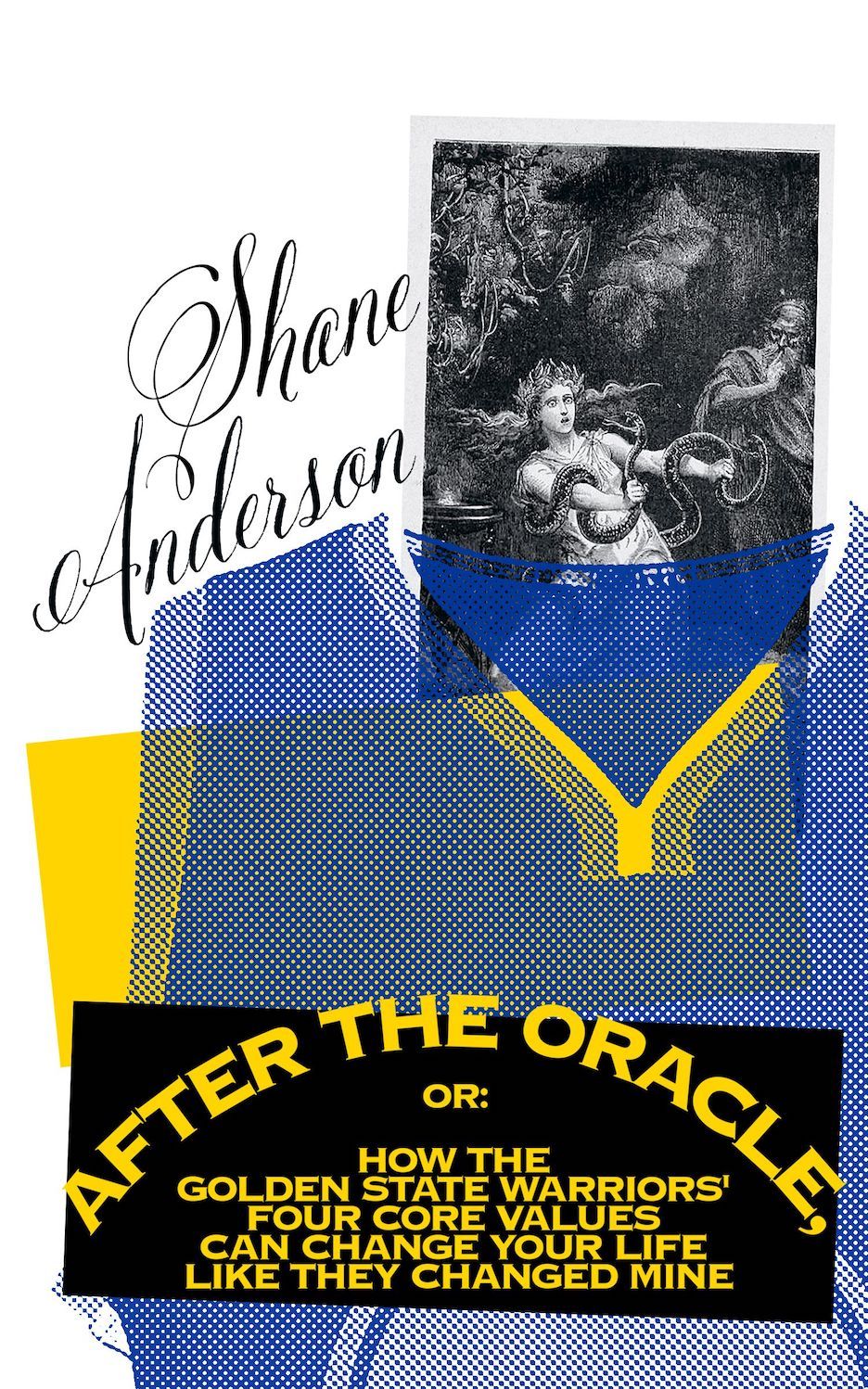The Pumping Iron Revolution
In today's media landscape, a book review is often a slap on the back. A handshake among colleagues that says, “well done.” But we have never been afraid to offer critique when critique is due. In our print section Berlin Reviews, we've always tried to take the propositions of a book seriously and push them to their extremes.
Archive Berlin Review from our issue #24.
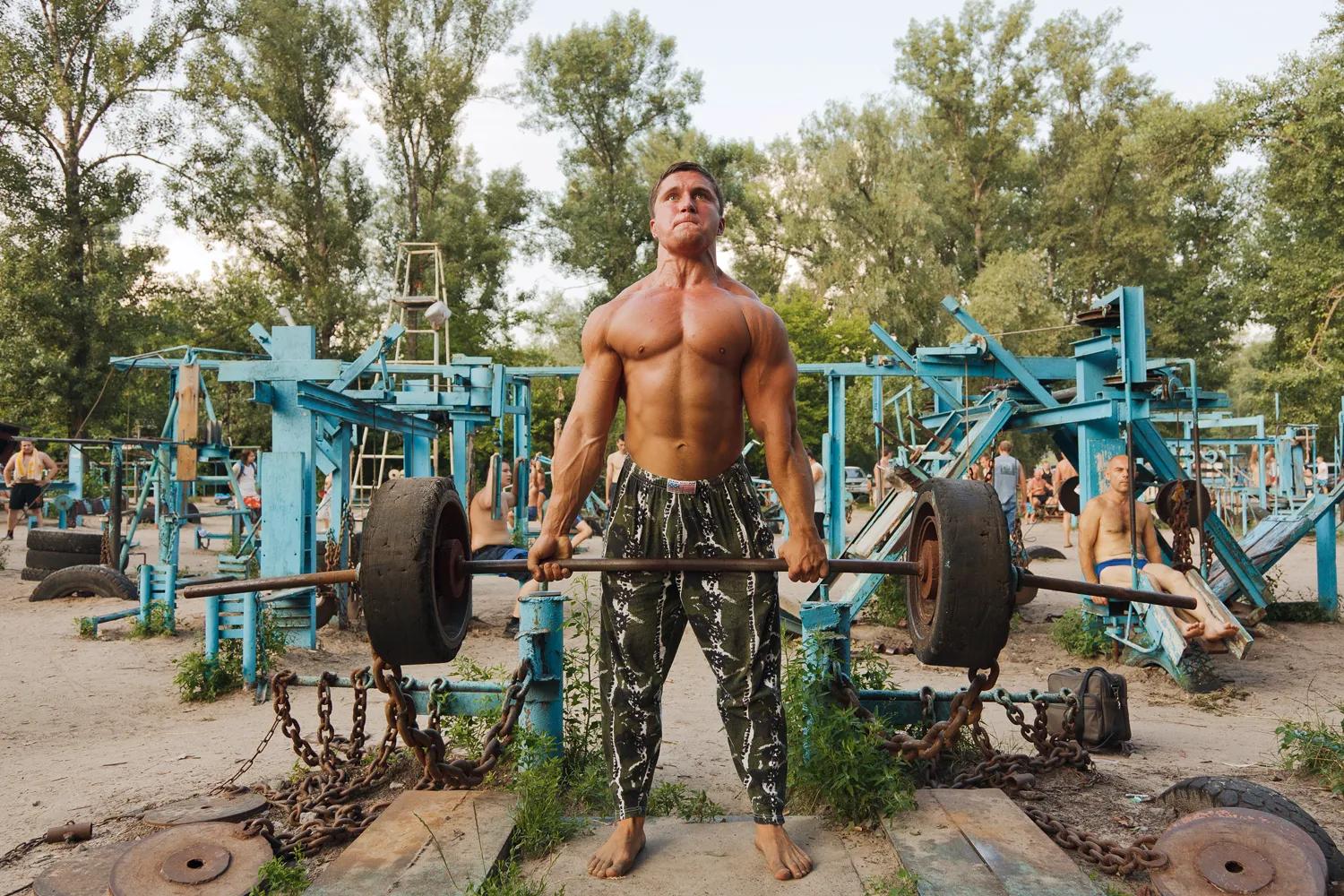
As a 13-year-old boy, Odessa-born photographer KIRILL GOLOVCHENKO dreamt of becoming a kulturist (body builder). He idolized muscle-bound figures like Conan the Barbarian, the desire to strap into a machine with the prospect of magically emerging with the brute physique of a warrior seemed like a tangible feat. His dream died young.
His topical interest, however, lived on, and Kachalka Muscle Beach – The Pumping Iron Revolution, Golovchenko’s latest book, documents the strange, 1970s-spawned Ukrainian confection that is the open-air exercise space. Mathematician Jurij Kuk and gymnast Kasimir Jagelsky combined brains and brawn to develop the project, reusing discarded industrial materials such as treads from military tanks, machinery gears, crane hooks, and stones – anything sturdy sufficed, really – to create the venues. These raw, obscure, and heavy foundations set the stage for what Celina Lunsford calls an “orchestra of iron, trees, and sand”: weathered machines implausibly held together by rusty chains and frayed climbing rope, covering 10,000 square meters of beach land on the vast island of Gidropark.
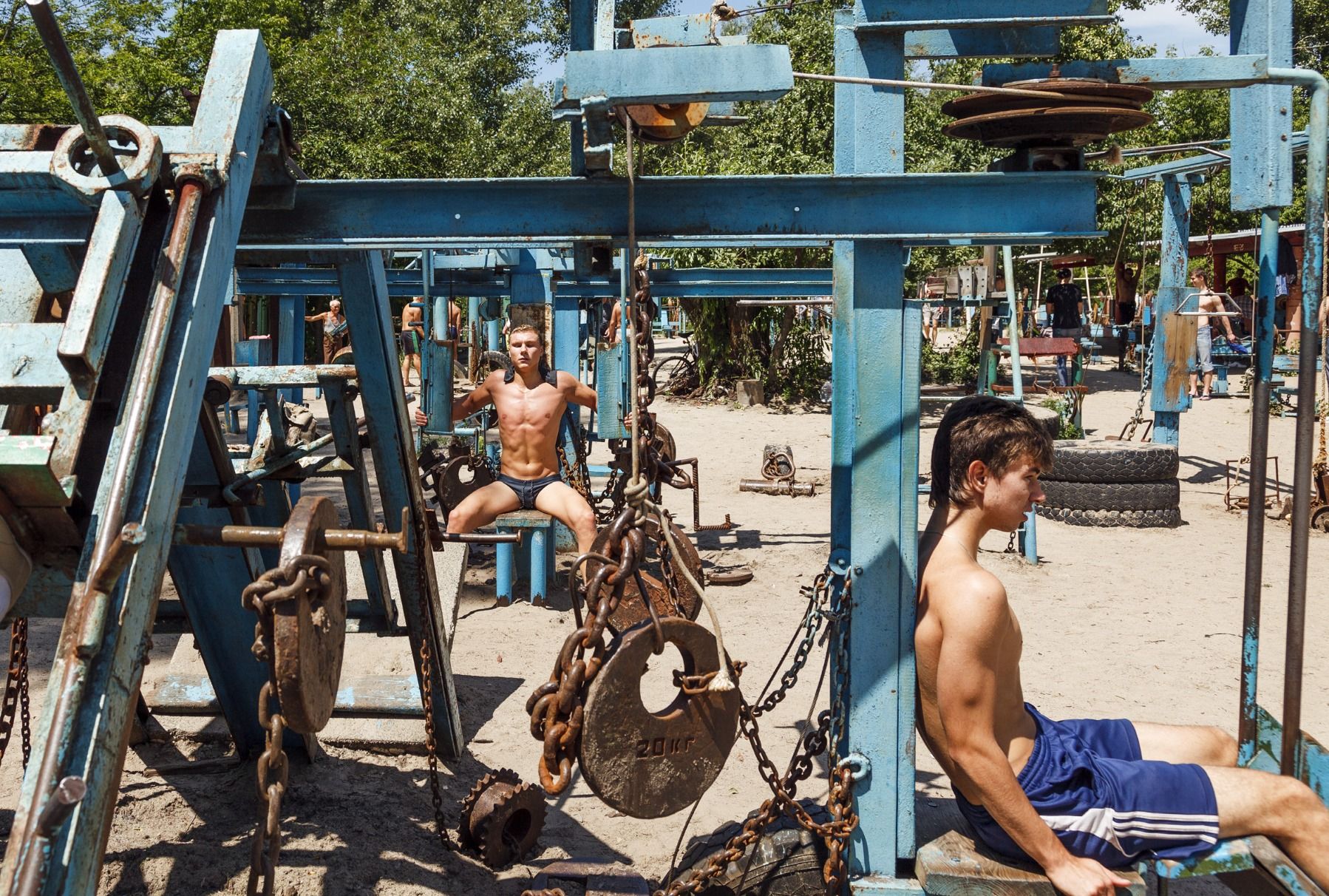
“I admire this place and the people who built these muscle machines. When you stand in front of this place, it is as if you are standing in front of a stronger opponent, who you want to defeat. It takes all your strength to move these units. It may not happen all at once, but, in the end, you will win and go home with a heavy body and a light heart.” – Kirill Golovchenko
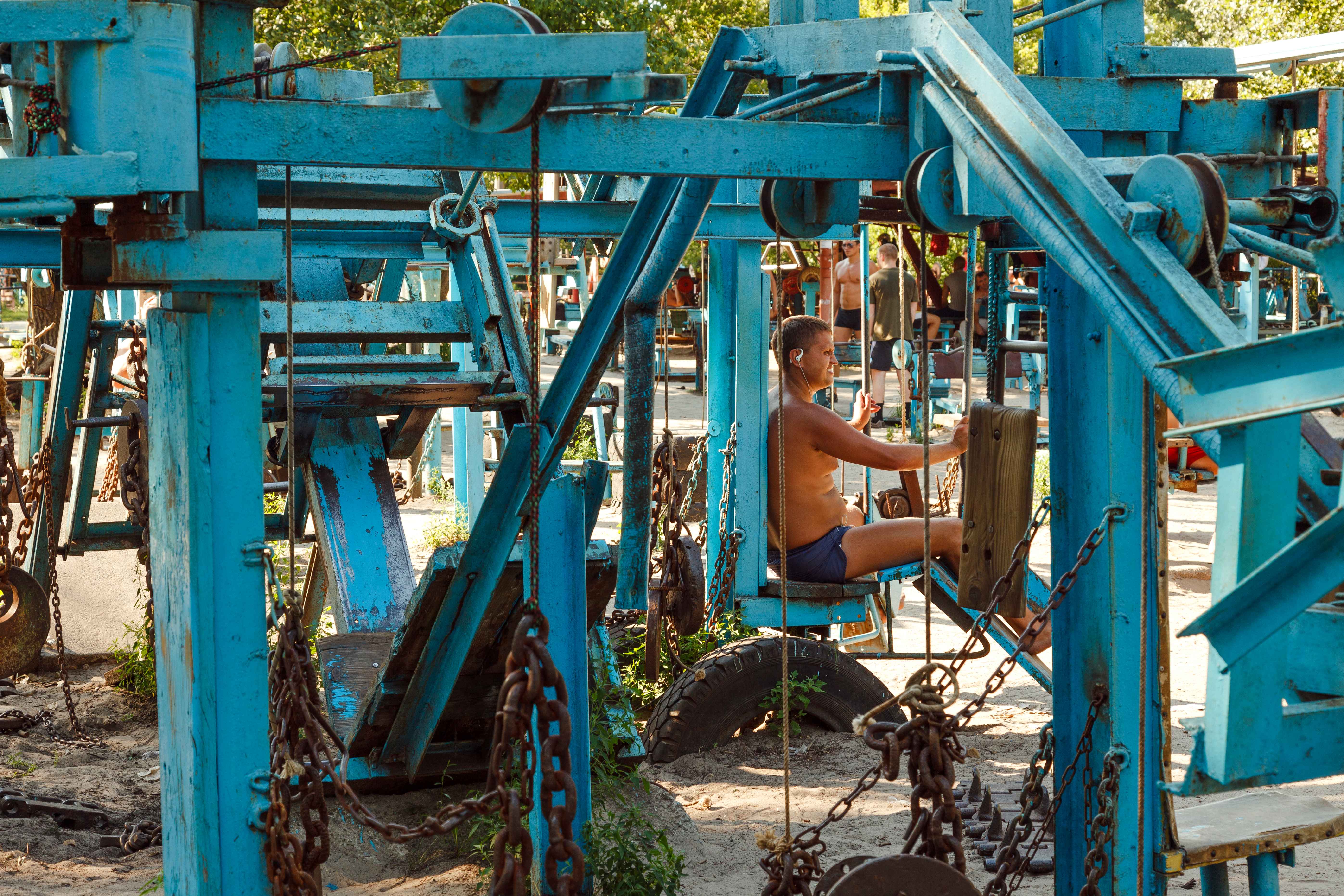
At face value, the album is about masculinity and fitness. But Golovchenko never set out to put the physical prowess of his subjects on a pedestal. His unstaged portraits instead formally encapsulate the subconscious undercurrents in the environments that surround us – in which a scantily clad woman wearing stilettos whilst working out on a treadmill, for instance, provides striking insight into Eastern European views of womanhood.
Kachalka’s free access and apparent- ly flexible dress code makes for a vibrant clientele. In an essay accompanying the publication, Lunsford compares Golovchenko’s photography to William Eggleston’s exploration of branding and identity in The Democratic Forest (1989) – at Kachlaka, human presence is captured in counterpoint not to signage, but to crude, man-made machinery.
The word kulturist evokes a certain cultural enlightenment, even a humanist value; it implies that there is more to the man than his built-up body. As professional and amateur athletes, young and old, meet today on equal grounds at this graveyard of Soviet era hardware, a socially responsible impulse emerges – one measurable, perhaps, in democratic sweat.
Kachalka, Muscle Beach – The Pumping Iron Revolution, published by Kehrer, 2012
